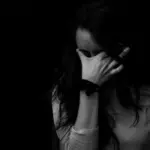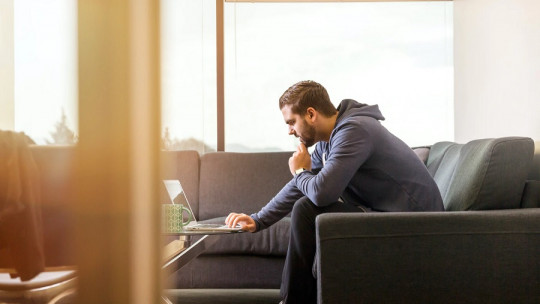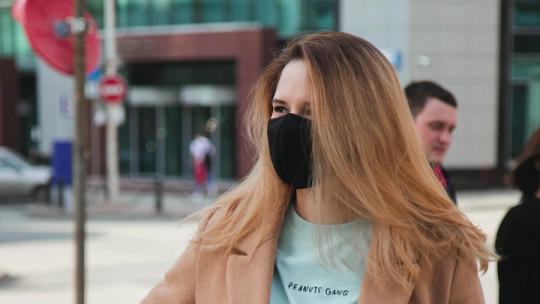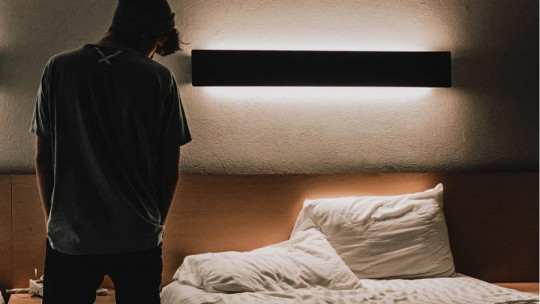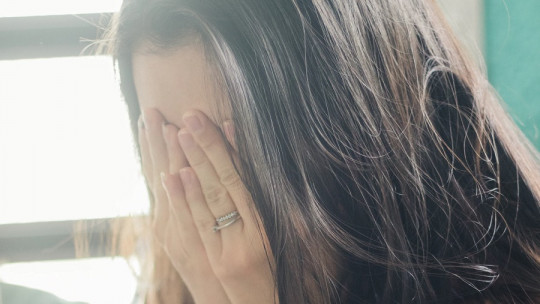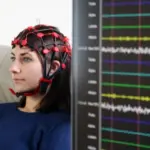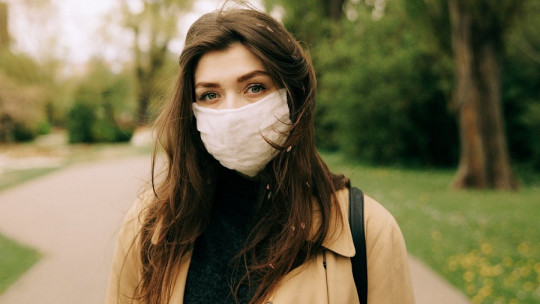
The COVID-19 pandemic has changed us, altered our way of life, creating a situation of stress and anxiety that has affected everyone to a greater or lesser extent.
And society is not prepared to live through a pandemic that entails a drastic change in daily life: restrictions on going out, loss of contact with other people, isolation, alterations or even loss of a job or death of a person. to be loved.
All of these events have had an impact on the mental health of society, with more psychological problems appearing, such as the excessive increase in anxiety, increasing at the beginning of the pandemic and remaining, in many cases, for months.
Next we will see what they are the most common anxiety disorders that can arise in a crisis like the coronavirusand we will point out some measures to deal with them.
What do we understand by anxiety?
Throughout the history of Psychology, attempts have been made to define the concept of anxiety, differentiating it from other terms such as “anguish” or “fear.”. Anxiety would be explained as an emotional state generated by a diffuse combination of disturbing emotions that does not have an external source that generates it and does not occur in the face of a current threat but rather in the face of the possibility of a future danger that is often unpredictable.
The author Peter Lang proposed a triple response system that appeared in anxiety states: the subjective-cognitive system related to internal experience, the physiological-somatic system, linked to the activation of the autonomic nervous system, and the motor response system. -behavioral encompasses all observable responses in behavior.
Within the anxiety category there are different types, although they all have in common that They present a tendency towards irrational behavior, excessive and persistent intensity, generate discomfort and are disturbing for the person.. In reference to the prevalence of this type of disorder, a high percentage of them has always been observed in society, being often considered the most common psychological disorder and occurring especially in the female population.
Types of anxiety
As we have pointed out before, the anxiety group is made up of different disorders that, despite showing similar characteristics, also present differences and defining aspects of each one.
Currently, the fifth edition of the Diagnostic Manual of the American Psychological Association (DSM 5) classifies within the category of anxiety disorders: panic disorder characteristic of fear of suffering a panic or anxiety attack (sudden appearance of fear or discomfort accompanied by symptoms of autonomic activation), agoraphobia (fear of suffering panic attack symptoms in a situation where escape or receiving help is difficult), specific phobia (it is the fear of a specific stimulus or situation) and anxiety disorder social appearance of anxiety in a social situation or performance in public.
The manual also describes Generalized Anxiety Disorder; In this case, fear or anxiety is not specific to a stimulus or situation but is characterized by excessive concern about different aspects of daily life. Finally, it also describes more typical types of anxiety in childhood, such as separation anxiety disorder and selective mutism.
To be considered as such, every disorder has to affect the person’s functionality, that is, alter some aspect of their life or cause discomfort. It has been observed that the most prevalent anxiety disorder in society is specific phobia, and in the clinical setting, panic disorder with agoraphobia is one of the most disabling.
Similarly, the DSM 5 has created another diagnostic category for trauma-related disorders and adjustment disorders; Here we find post-traumatic stress disorder (PTSD) which appears as a reaction to a traumatic eventaffecting functionality and producing discomfort or adaptive disorder with less discomfort than in PTSD but still greater than expected, and dysfunctional.
Anxiety and stress in the pandemic
The consequences of the COVID-19 crisis have been devastating not only in terms of physical health, but also in the field of mental and social health.. The situations we have experienced have been extreme, without being able to leave the house, being isolated, and there have been cases of people with previous psychopathologies living alone and not being able to interact with others.
Furthermore, the unleashed economic crisis has generated impacts in the workplace and purchasing power, experiences capable of completely disrupting people’s habits and future plans. In this sense, fear and the constant tension generated by job insecurity play an important role.
All these sudden changes have affected the population to a greater or lesser extent, since their lives have been modified regardless of the economic situation, age… The virus can affect everyone, and for this reason the entire population is at risk. .
Some of the factors that have been most influenced by the anxiety triggered by the pandemic are:
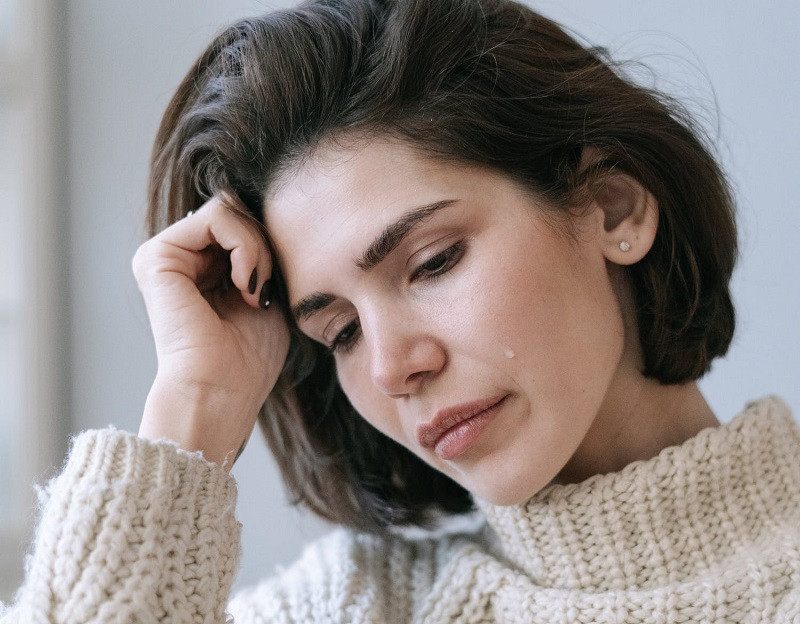
In general, the mental health situation in global society has worsened, affecting to a greater extent people who live in more unfavorable socioeconomic situations, those who already showed previous mental health problems, and those who have directly suffered from the virus. It has been seen that 1 in 5 of those affected have faced a diagnosis of anxiety disorder, depression or insomnia for the first time. and they are twice as likely to suffer from these disorders compared to the general population.
The situation has been so extreme and unexpected that the prevalence of suicidal thoughts has even increased by between 8% and 10%, especially in young adult subjects.
In Spain, in the specific case of anxiety problems, of the people who have been interviewed, 15.8% have reported having suffered an anxiety attackaffecting the daily lives of 66.7% of these subjects and harming the female population to a greater extent.
Are you looking for professional psychological support?
If you are looking for psychotherapy services, I invite you to contact me.
I am a General Health Psychologist federated by the FEAP and I offer more than 20 years of experience in the sector; Sessions can be held in person or online.

